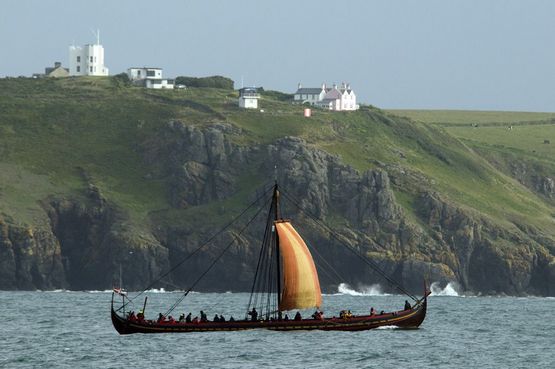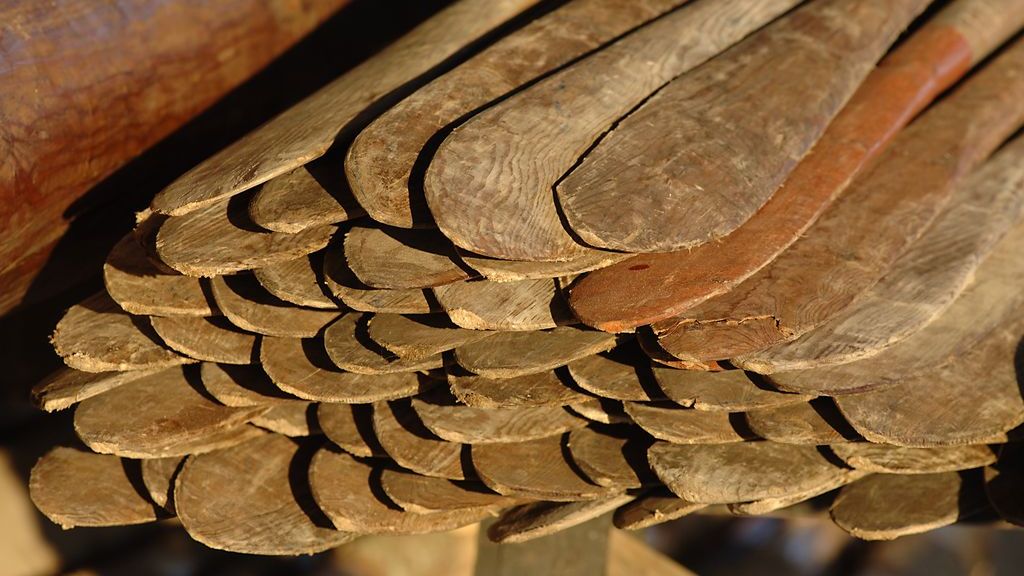The exhibition with provide insight, results and experiences from the entire history of the Sea Stallion, from its creation to its epic return voyage to Dublin 2007-08.
The wide range of topics will include the following:
- The enormous task of reconstructing Skuldelev 2
- The 4-year construction of the Sea Stallion
- The trial voyage from Roskilde to Dublin and back in 2007-08
- The concrete and tangible sailing experiences
- The preliminary research results
- Life on board and the difficulties for the crew
Everything will be put in perspective compared to longships in the Viking Age. The exhibition will provide an insight into the results and experiences that the epic voyage contributed to research into Viking ships. The exhibition also features a film and ‘try-it-yourself’ activities that demonstrate what the incredible voyage has contributed in terms of experiences and new insights.
The Sea Stallion from Glendalough and the project ‘Thoroughbred on the Sea’ are the culmination of almost 50 years of basic research in experimental archaeology. Ever since the archaeologists raised the remains of 5 Viking ships from the bottom of Roskilde Fjord in 1962, the dream of reconstructing the ships and putting wind in their sails has been a driving force for the work of the Viking Ship Museum.
Almost every stage of the project was through uncharted terrain. The work of preserving, analysing and presenting the remains of the five Viking ships resulted in the ambition to build and test full-scale reconstructions of the unique finds. This ambition requires answers to endless questions about how ships were constructed 1,000 years ago. What about the things that were not retrieved from the bottom of Roskilde Fjord? How were they designed?
The Sea Stallion was the last of the Skuldelev ships to be reconstructed and it has performed a trial voyage in the same waters that the original ship sailed over 1,000 years ago. An almost impossible dream has become a reality.
An exciting time capsule was buried in the ground on front of the museum on the opening day of the exhibition. It will remain here for the next 250 years and will tells those who come after us about the Sea Stallion, its voyage to Ireland and about life in Denmark and Ireland in the year 2008. However, those of us who are alive today can take a look at the contents of the time capsule when an internet exhibition about its contents opens on the museum’s homepage on the same day.



